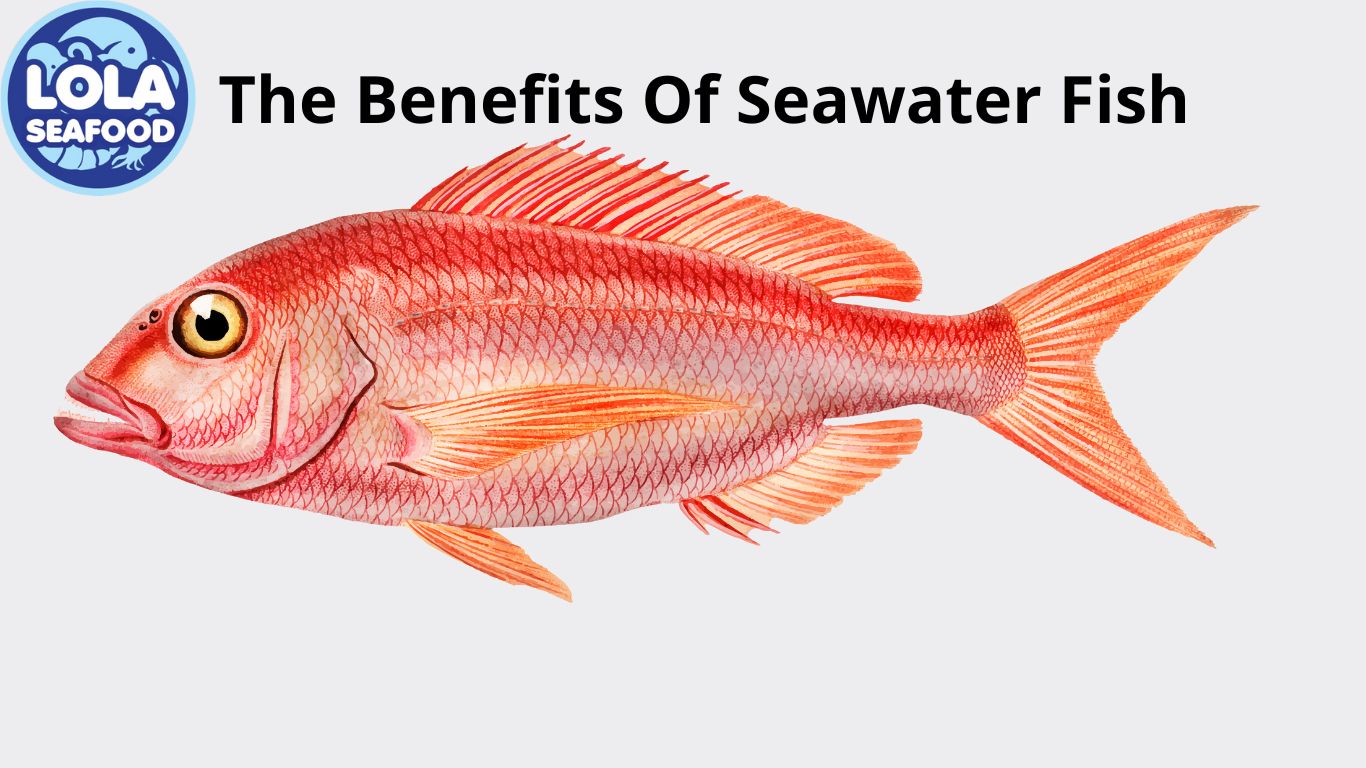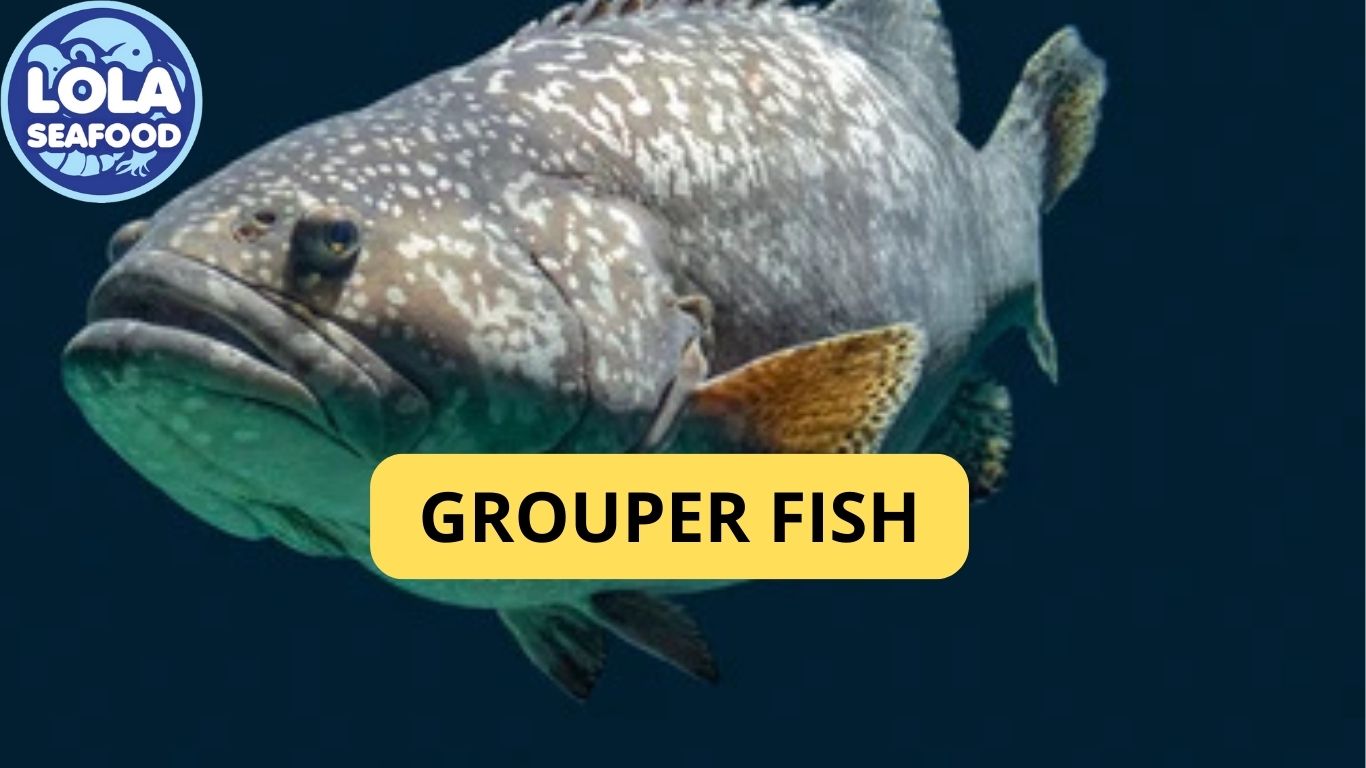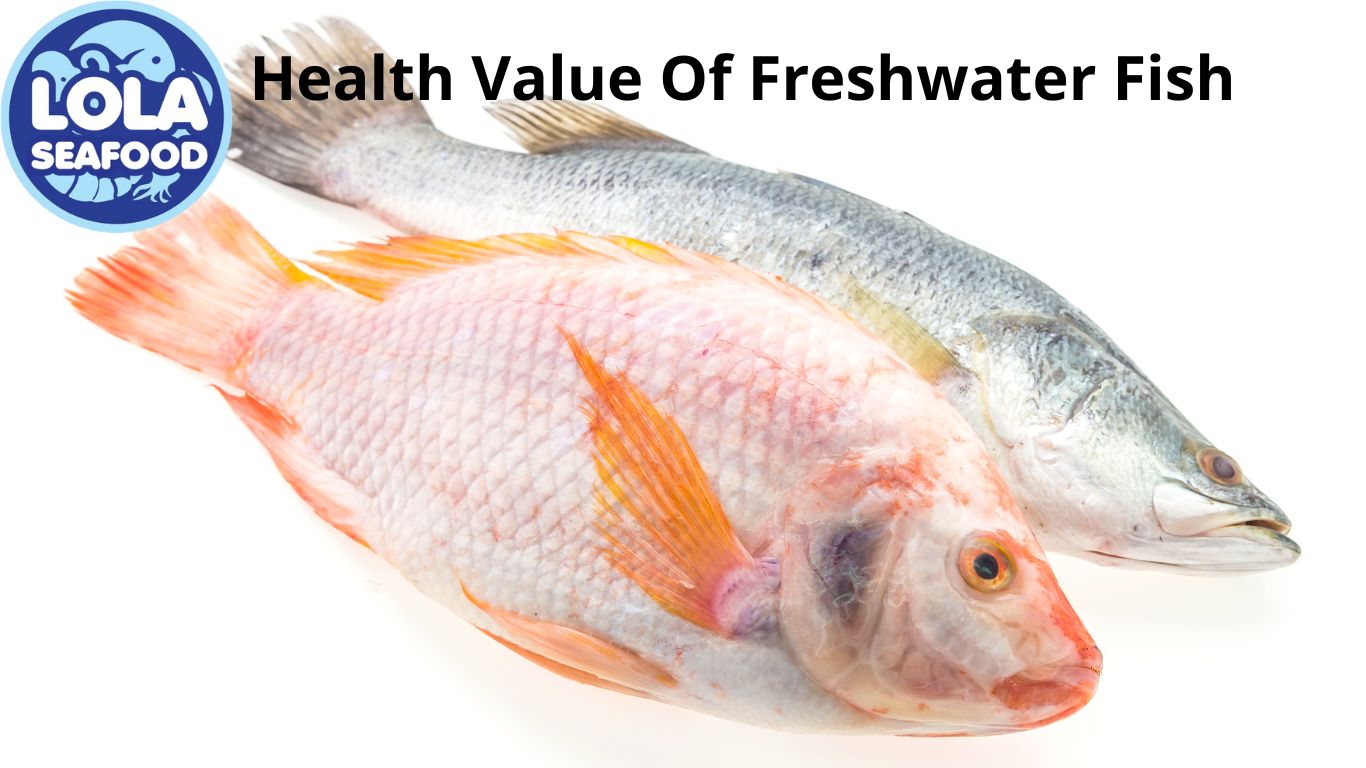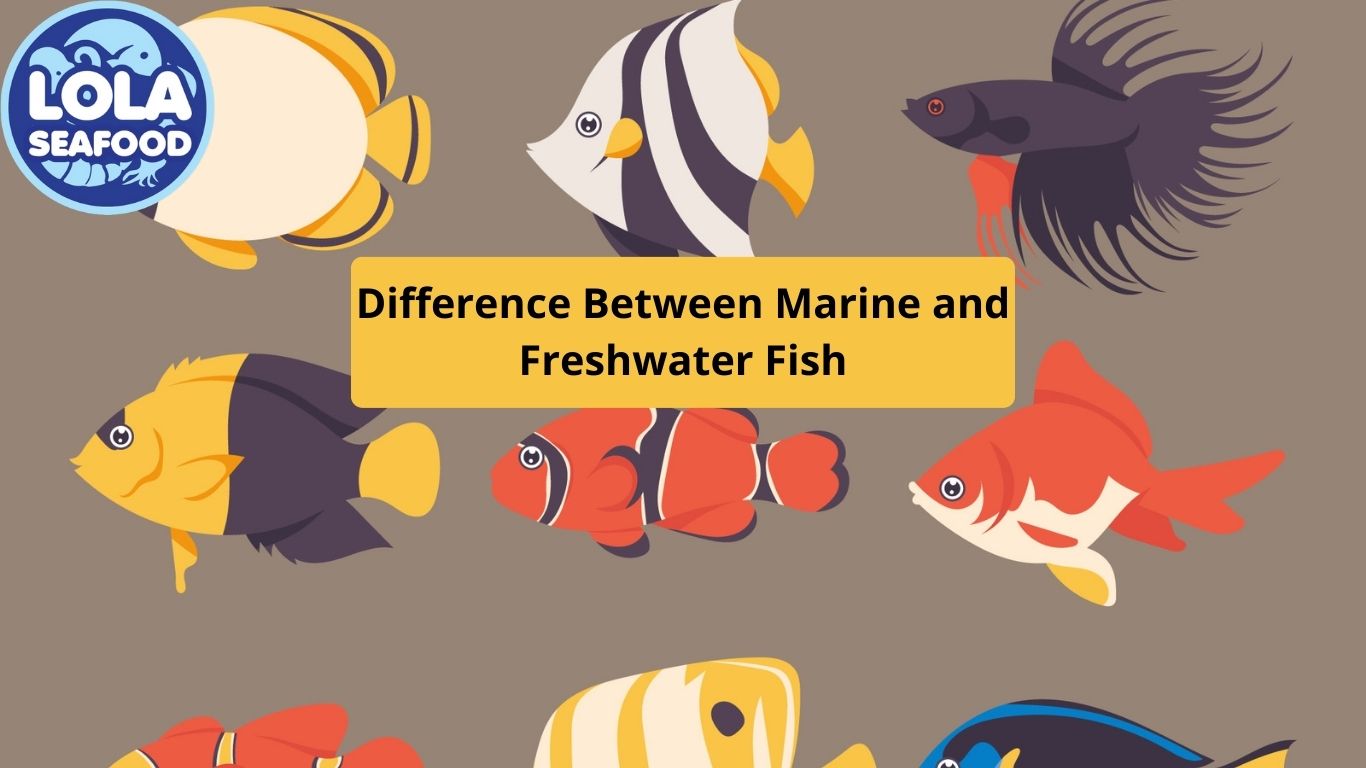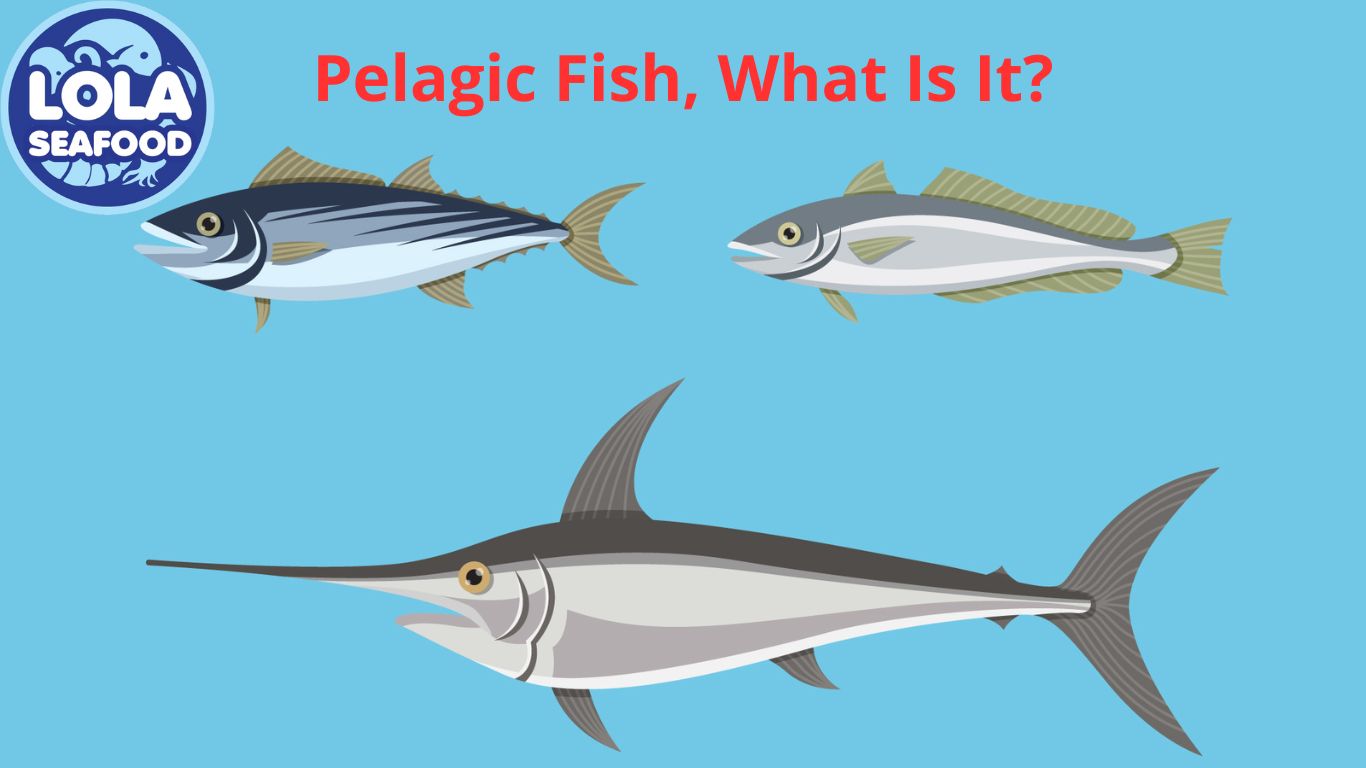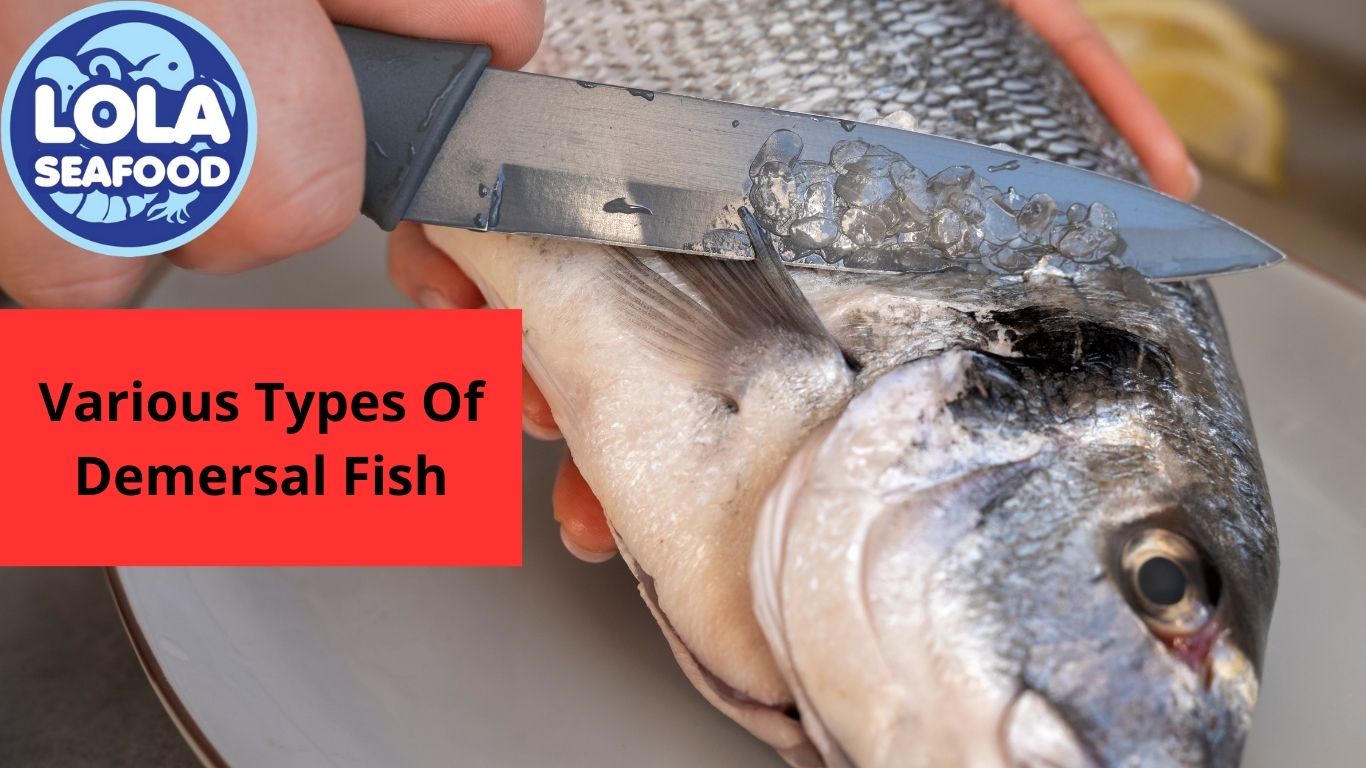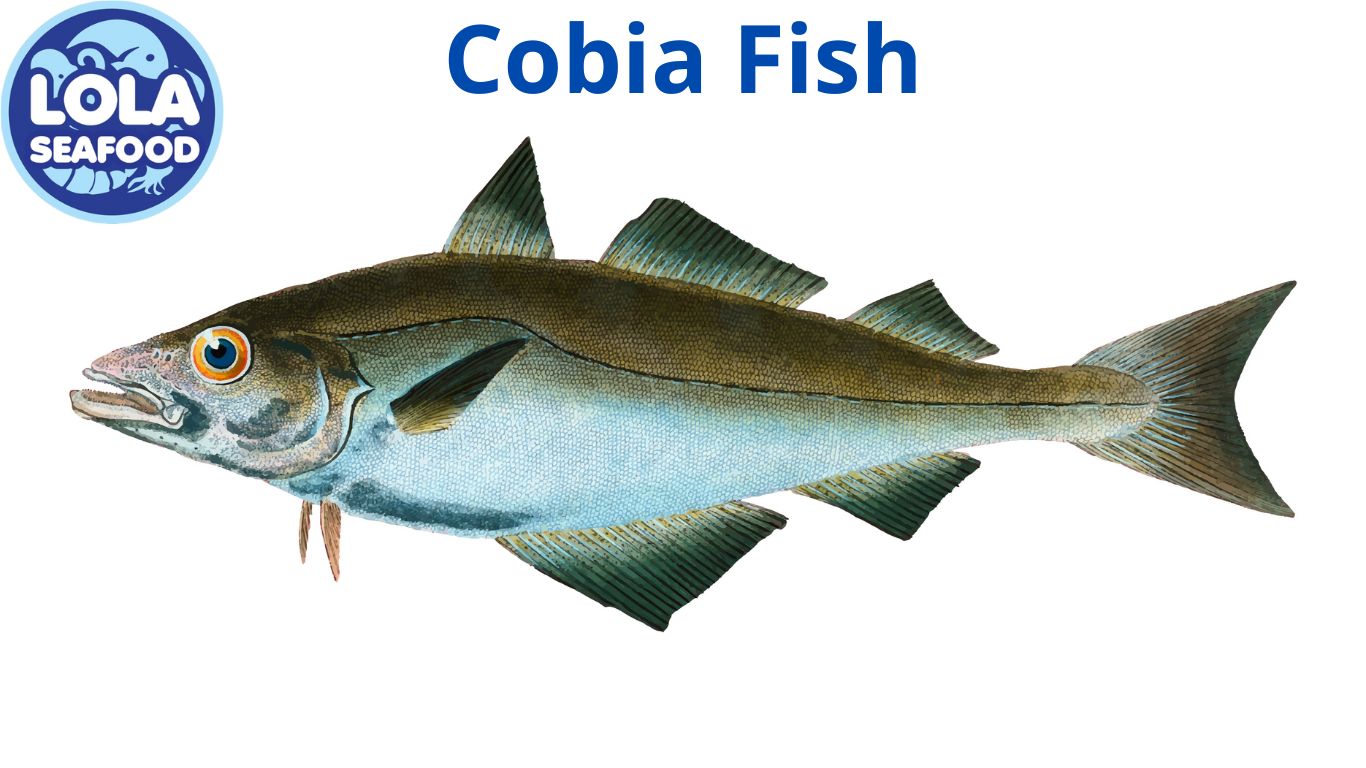Key Terms in the Fishery Production Process
By. Najih - 23 Sep 2024
The fishery production process involves a range of specialized terms that are essential for understanding the industry. Whether you’re a seasoned professional or a newcomer, knowing these terms can provide valuable insights into how the industry operates and strives for sustainability.
1. Aquaculture
Aquaculture, commonly known as fish farming, is the practice of cultivating fish, crustaceans, mollusks, and aquatic plants under controlled conditions. This method includes various activities such as breeding, growing, and harvesting aquatic species for human consumption and other uses. Aquaculture helps meet the growing demand for seafood and supports global food security.
2. Bycatch
Bycatch refers to the unintended capture of non-target species during commercial fishing operations. This can include juvenile fish, marine mammals, seabirds, and other marine life. Bycatch poses significant challenges as it can lead to the depletion of non-target species and disrupt marine ecosystems. Effective management and the use of selective fishing gear aim to reduce bycatch and mitigate its impact.
3. Hatcheries
Hatcheries are facilities dedicated to the breeding and early development of fish and other aquatic organisms. They play a critical role in restocking wild fish populations, supporting aquaculture, and conserving endangered species. Hatcheries provide controlled environments where fish eggs can incubate and larvae can grow until they are ready to be released or transferred.
4. Processing
Processing in the fishery industry involves converting raw fish into products ready for consumption or sale. This includes a range of activities such as cleaning, filleting, freezing, and packaging. Effective processing ensures that fish products are of high quality and safe for consumers. The efficiency and hygiene of processing facilities are vital for maintaining the integrity of the seafood supply chain.
5. Stocking Density
Stocking density refers to the number of fish or aquatic organisms per unit of water in aquaculture systems. Proper management of stocking density is essential to ensure optimal growth, reduce stress, and prevent disease. Overcrowding can lead to increased competition for resources and higher susceptibility to diseases, while understocking can affect production efficiency.
6. Sustainable Fishing
Sustainable fishing practices are designed to maintain fish populations at healthy levels and preserve marine ecosystems. This includes implementing fishing quotas, using selective gear to reduce bycatch, and adhering to conservation measures. Sustainable fishing aims to balance economic needs with environmental stewardship, ensuring that fishery resources are available for future generations.
